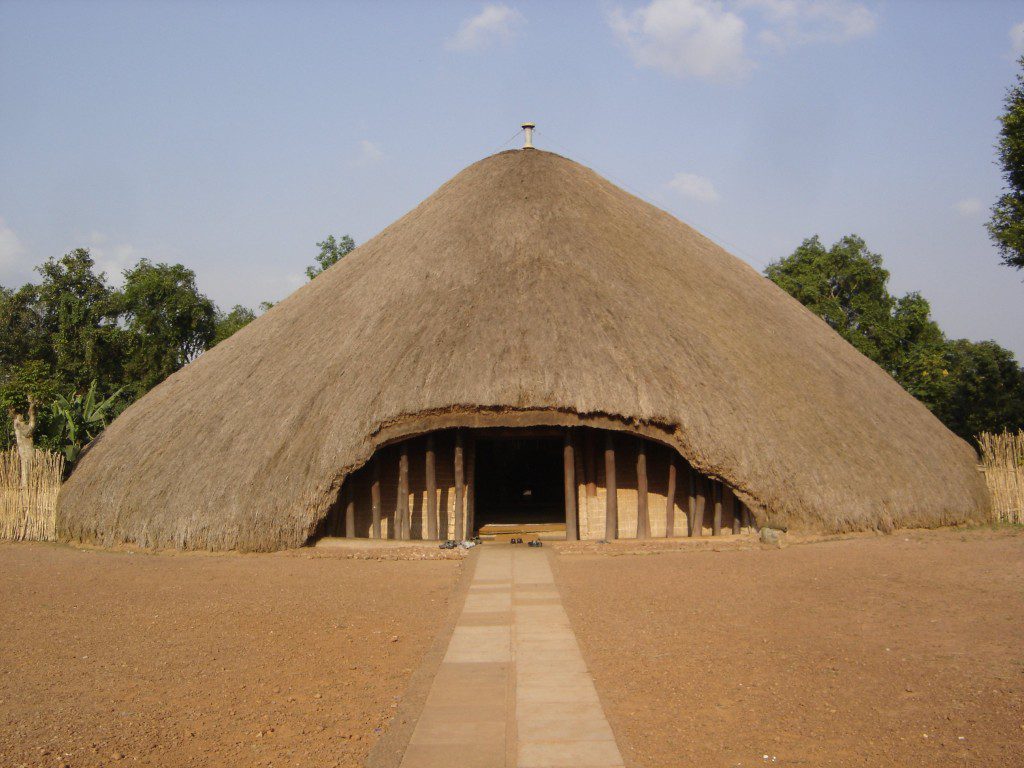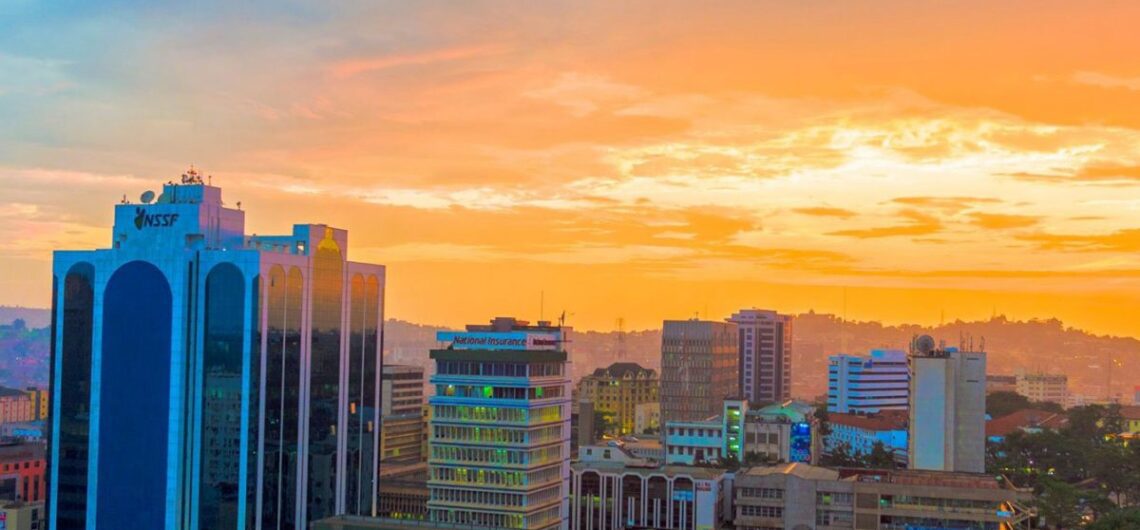Kampala City Tour
Kampala is known to be the capital city of Uganda and has the largest population of people of over 2,000,000 people. It was a hunting ground for Impalas (The hill of impalas) due to valleys, hills that could let the antelopes to stay thus getting its name as Kampala in 1980. It was initially built on 7 hills i.e. Kololo, Nsambya, Mengo, Rubaga, Kibuli, Old Kampala and Namirembe hills (City of seven hills) but now it covers over 30 hills and it is situated in the southern part of the country and north of Lake Victoria.
Kampala is famous in cultural, Religious and historical heritage like Kasubi tombs (burial grounds of Buganda kings), Ndere cultural center, Bahai temple, Gaddafi Mosque, Uganda martyrs’ shrine and Uganda museum. The weather in Kampala is ecofriendly warm and tropical rainforest climate almost throughout the year due to its location along the equator and it is a great city where one can embrace culture. People are ecofriendly and it has a hospitable environment to both locals and foreign visitors.
Kampala is Uganda’s historical, religious, commercial centers and the official seat of government power and close neighbor to Entebbe airport where most of the forex bureau, Insurance companies, banks, government offices, shopping malls, and hotels are located. Although Luganda is the most spoken language in the city but English is the official language of Uganda at large and at least everyone can speak and understand the language. There are many people in the city because it is where a variety of opportunities, better social services like good schools, hospitals are found and many actions take place as well.
For a 1-day city tour in Kampala, one can be able to embrace him or herself with cultural, religious, historical and educational centers where one can be able to interact and engage in learning and acquiring of skills from different kinds of people.
Therefore, you will drive and at some point, move on foot for a great accessibility to the landmarks.
The major attractions visited in Kampala are;
1. Uganda martyrs’ shrine.
It is of the one of the largest Christian pilgrimage destinations in Africa and was opened on 3 June 1997 and it is found in suburban of Kampala called Namugongo. It’s believed to have been about 32 young men that were killed to death due to their refusal to renounce Christianity, 22 were killed as authorized by King Mwanga of Buganda and 13 of 22 were burnt to death others killed in different ways and also other 2 martyrs were speared to death in Paimol, Gulu in northern part of Uganda.
In October 1918 and the current building was started in 1967 at Namugongo and was fined after a period of 5 years on 3rd June 1975and this marks every 3rd June to be a public holiday because most of the pilgrims from different parts of the country and other counties come and visit shrines for prayers and celebrations in remembrance of the Martyrs of Ugandans.
2. Uganda national museum.
A cultural museum exhibits on Uganda’s tribal history and artifacts featuring guided explorations and focuses on cultural heritage. It is the oldest museum in East Africa, which was started in 1908.
It was first located in Lugard’s fort on Old Kampala hill, then transferred to Makerere University at the school of industrial and fine arts, and lastly to Kitante hill where it stands today. It emerged when the Governor George Wilson called for ‘‘All articles of interest in Uganda’’.
3. Kabaka’s palace.
Ssekabaka Mwanga II constructed it in 1885 when he took over the dominion in 1884 at the age of 18 years old. The palace was completely turned into army barracks and it became a dangerous underground prison and torture chamber for Idi Amin in 1970s.
4. Kasubi tombs.

It is a burial ground for the kings of Buganda (kabakas of Buganda) and UNESCO recognized it in December 2001 as the world heritage site of local and international importance in the entire region of sub-Sahara Africa. This is because purely plant materials built it and so far, 4kings of Buganda have been buried at the site on the house called Muzibu Azaala Mpanga. It was constructed in circular shape in 1882 and also other members of Buganda royal family were buried there and it is the most active religious place in the kingdom where rituals are performed thus making Baganda proud. It is a vital traditional architectural, spiritual, cultural and political site for both local and international visitors.
5. Uganda national mosque.
It is the largest mosque in East Africa and it is a colorful structure with its magnificent features of art was built and designed based on mixture of cultures of Arabs, Europeans and an African touch, constructed by Idi Amin Dada and established in 2008 under the Islamic religion of Uganda Muslim supreme council and it’s known as Gaddafi Mosque
6. Independence monument.
It was constructed during the days when Uganda was celebrating its first independence on 9th October 1962 and was founded by the British colonial government. The monument is located on Speke Road and Nile Avenue in Kampala city. The monument shows a man unwrapping a child and raising it to the sky, which narrates that Uganda as a country, is free from the oppression of colonialism.
7. Nakasero market.
It is located in the hearts of Kampala in the foot of Nakasero hill; it is among the famous biggest and largest markets in Kampala. It was set up in 1895 when the king of Buganda was advised to setup the first market on the palace and its where both and international visitors can buy fresh produces like fruits and vegetables.
8. Bahai temple.
It was built on Kikaaya hill with a great architecture of wonder and it is unique because of being the only one in Africa. It is a good place for relaxing due to existing gardens; it has a great view of the city center and surrounding area. It is a place where tourists learn and acquire more knowledge about Bahai faith.


Comments